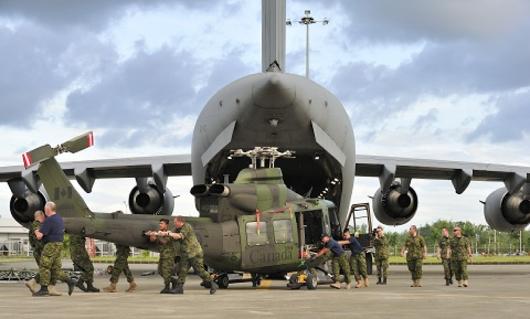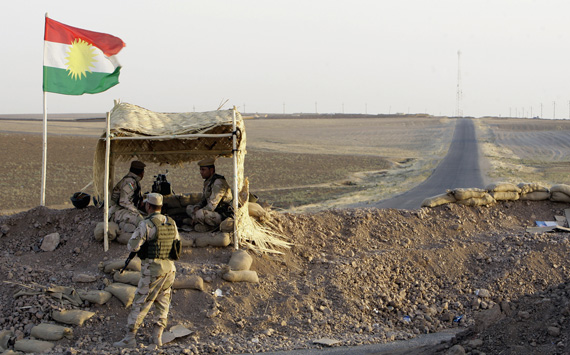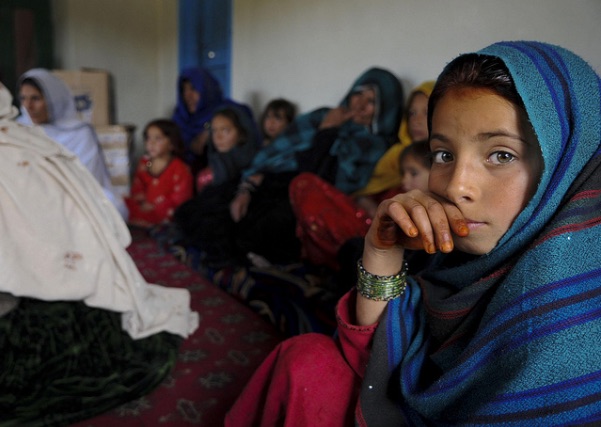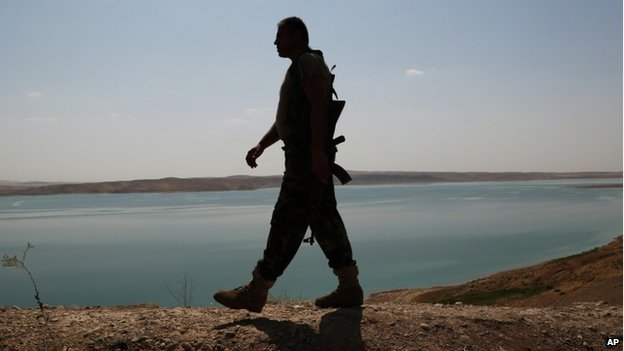After years of deliberation on the necessity of acquiring the Boeing C-17 Globemaster III heavy/strategic transport aircraft, Canada signed a C$ 3.4 billion dollar contract with Boeing for four C-17s (CC-17s in Canadian service) in 2007. Since then, the CC-17s have been utilized for the logistical sustainment of Canadian Forces operations in Afghanistan, providing humanitarian aid and emergency relief to Haiti and the Philippines amongst other countries, and in supporting Canada’s allies, such as France. It is obvious that the CC-17s have provided invaluable service to Canada and its friends and allies worldwide. That said, many have questioned whether the size of the heavy transport fleet is sufficient. If Canada does seek to bolster its fleet, however, Parliament will have to provide supplementary funds to procure more CC-17s as that aircraft’s production line is closing.
The CC-17 is a unique heavy transport aircraft, but is also very expensive to purchase and maintain. Nevertheless, it provides a heavy airlift capability unavailable to Ottawa with the exceptions of relying on charted Ukrainian and Russian civilian An-124 heavy transports or requesting the services of the United States’ large strategic transport fleet. At the same time, given the conclusion of operations in Afghanistan and the small numbers of Canadian Forces personnel deployed on peacekeeping missions overseas, it is unclear how necessary such a niche and expensive aircraft is for the Forces, especially given the country’s current fiscal situation.
Domestically, the CC-17 is a vital asset in assisting Canadian Forces and other government disaster relief efforts. In this role it supplements Canada’s sizable C-130 fleet and provides a unique heavy airlift capability. Furthermore, while Canada’s airlift contribution to France’s efforts in Mali and the use of the CC-17s in assisting Haiti and the Philippines is most laudable, such contributions are few and far between.
While the aforementioned issues may appear to render the procurement of further CC-17s imprudent, there may be a case for procuring at least one additional CC-17. Procuring just four CC-17s was a questionable decision at best. A fleet so small poses a complex array of serviceability, availability, and cost-effectiveness challenges to the Royal Canadian Air Force. As such, it may be prudent to purchase additional aircraft, just to make the concluded procurement worthwhile and cost effective. In an early 2013 report, the Air Force Association of Canada noted that while Canada’s C-17 fleet has avoided some of the problems traditionally associated with the maintenance of a small fleet through membership in the Globemaster Integrated Sustainment Program, The requisite for that program is that all aircraft be maintained and upgraded to a common standard, requiring that they undergo extensive maintenance and upgrades once every five years.
In effect, Canada will have to sign up to any CC-17 upgrade the United States carries out on its own large C-17 fleet. Given the five month maintenance process and the heavy wear experienced by Canada’s CC-17s in supporting the Afghanistan mission, Canada may find itself faced with periods of low availability and serviceability. To mitigate this risk, the Air Force Association of Canada proposes purchasing an additional aircraft, to reduce the strain on the fleet and ensure a minimum state of readiness. Of course, given the drawing down of global deployments post-2014, Canada may be able to forgo such an expensive decision.
The urgency of the situation exists due to a single inconvenient reality: the C-17 production line is closing down, and while Boeing is producing a number of non-allocated aircraft, there are a lot of potential buyers on the market. Saudi Arabia and South Korea have previously indicated an interest in the C-17 and may purchase a number of the unallocated airframes. Even existing customers may be in the market for more aircraft. The United Kingdom currently has eight C-17s and may be interested in a ninth airframe. The United Arab Emirates is rumoured to be seeking to supplement its fleet of six aircraft and India, already a customer for ten aircraft, is known to be considering further purchases. Clearly, there is competition for the remaining airframes.
Unfortunately, the C-17 production line is closing down for good, although circumstances may force the United States to restart the line in the future if its current fleet ages more rapidly than planned. At present, however, such notions are mere speculation and only thirteen aircraft are being produced without an allocated customer. If Canada wants to bolster its fleet of four CC-17s with a minimum of an additional aircraft, it will have to act quickly and enter formal negotiations with Boeing despite the austere fiscal environment Ottawa and the Forces are experiencing. Given the lack of comparable aircraft and Canada’s foregoing of procuring the Airbus A400M Atlas transport (Canada is instead purchasing new C-130Js), this opportunity to acquire more CC-17s will be Canada’s last chance to bolster its heavy airlift capability for the foreseeable future.




